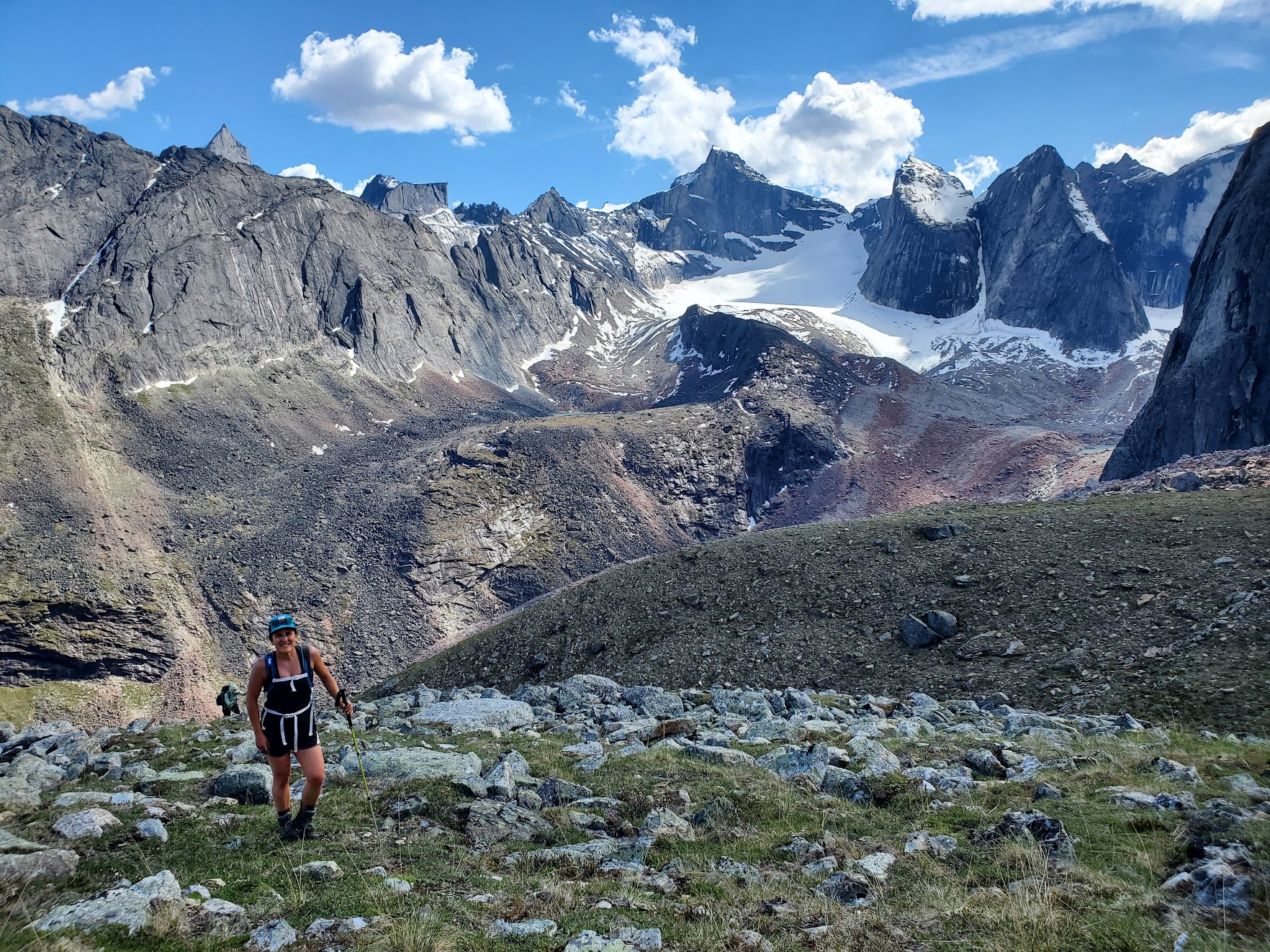
What’s it like making your first arguments in court (…virtually)?
By Dawnell Smith
Rachel’s take: talk to the camera
Rachel Briggs made her first two oral arguments as an attorney during the COVID pandemic; Bridget Psarianos argued in court for the first time, then again online, after ten years an attorney. Here, they talk about their experience.
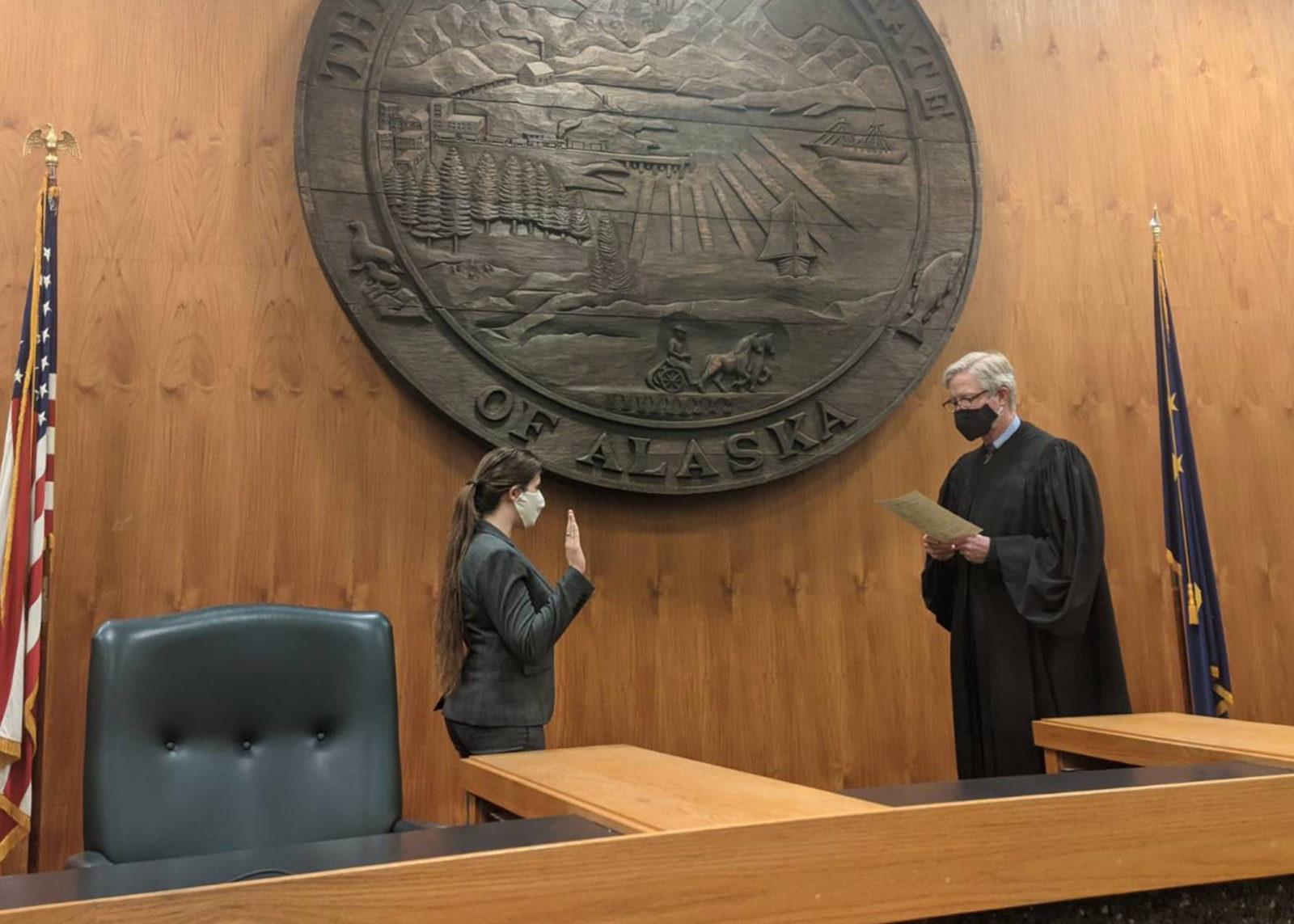
Rachel Briggs joined Trustees as a legal fellow in 2019, and took a position as staff attorney in 2020. Then she argued twice in the courtroom in her first year sworn in as an attorney–not in the storied courtrooms of her imagination, but rather in an ordinary office beside a winter-worn plant in front of a screen and camera.
Getting to do oral argument so early in her career felt exciting and unexpected, she said. The type of civil litigation Trustees engages in can take years to move through court and require few or no oral arguments.
Rachel was nervous, but not exceedingly so about it, either. “I’ve always been an oral processor,” she said. “I did theater and choir, and I’m not uncomfortable with performance–and I do see it as performance.”
Which brings us to the challenge—bringing that performance to life before the flat, virtual space of many screens.
When online, forget the podium
So how did it go in her most recent argument in the Ninth Circuit Court to highlight the federal obligation to protect wildlife diversity in the Kenai National Wildlife Refuge?
It went really well, she said, and it also felt strange. In a courtroom, lawyers stand at a podium when speaking and then sit down and take notes, or even confer with another attorney when not presenting, she explained. It felt distracting doing this online.
She prefers to stand when speaking but she didn’t want to stand the full hour. “I tried to sit when listening and stand when speaking, but it didn’t work quite right. It changes how you communicate physically and psychologically.”
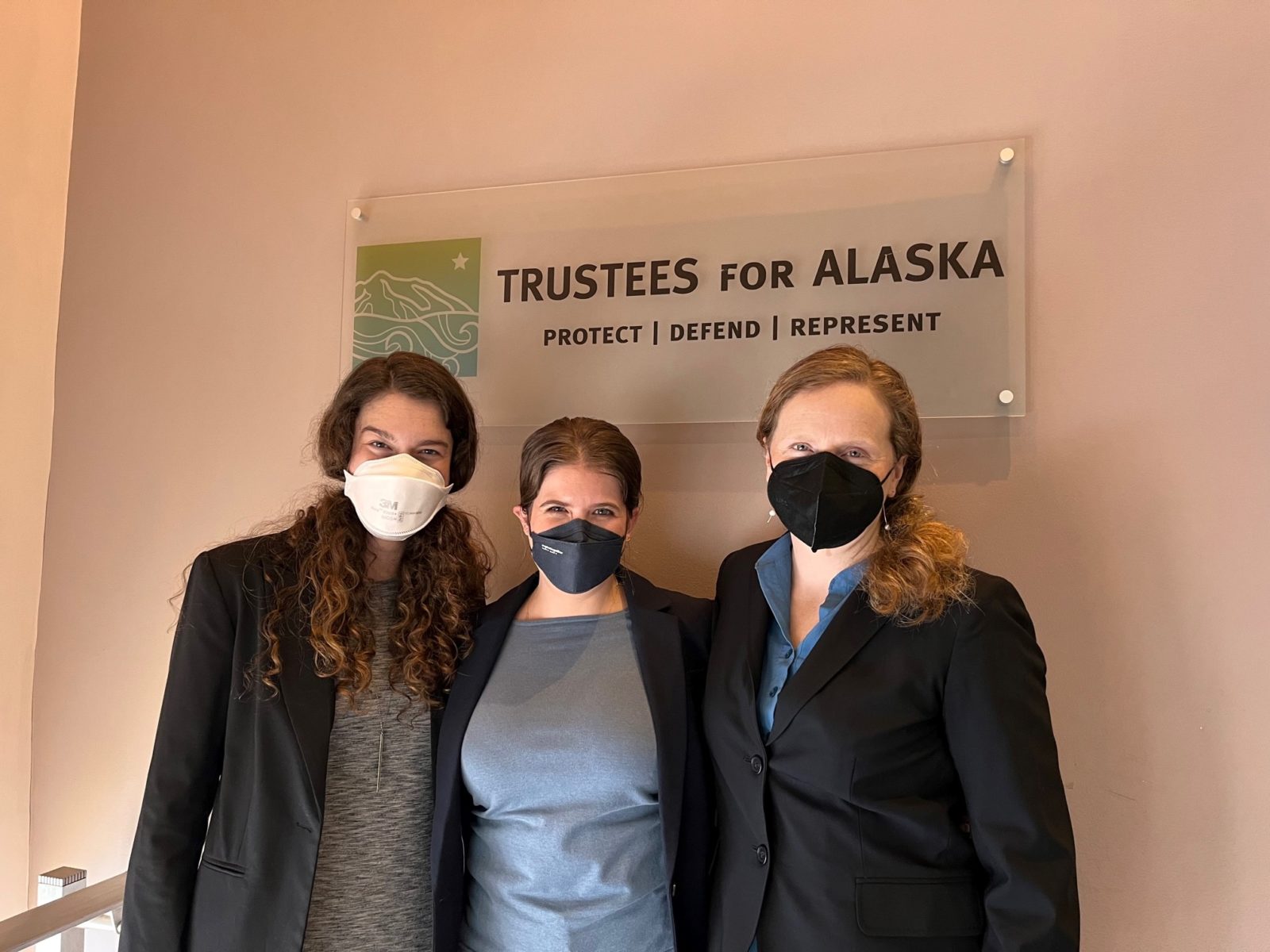
Preparation makes all the difference
Fortunately, and almost incidentally, Rachel brought a lot of moot court experience with her.
“In my second year of law school, I considered doing moot court, but I was so busy and it wasn’t my focus, so I didn’t want to do it,” she said. “My professor encouraged me strongly, so I signed up and it turned into one of my most valuable classes.”
In the moot court program, she did daily moots with endless questions from guest “judges” and many opportunities for being surprised. “You get the luxury of time in law school,” she said, and that means really practicing preparing for argument—for what you have to know, remember, and keep in your back pocket for the moment there’s a question. That plays to her strengths, she said.
“Being on the spot helps me to think in a different way than when I’m looking at a page and have all the time in the world,” Rachel said. “I feel so much more comfortable when answering questions rather than speaking into the void without much feedback or response.”
No questions, your honor?
She didn’t get questions in her oral arguments, partly because her time was short—two minutes—since Trustees’ participated on behalf of intervening parties rather than as one of the main parties in the case. It could be months until we know the Ninth Circuit Court’s ruling; we won in District Court in November 2020.
One thing is for sure, though—Rachel came out of those arguments more confident than ever and with a good idea of her model for preparing for the courtroom. For her, that means doing daily moots leading up to the court date, with the rest of the Trustees attorneys asking questions and keeping her surprised.
As for next time, Rachel hopes to walk into one of those large, beautiful, stately buildings, face the bench, and tackle a long argument interrupted with questions from the bench.
Bridget’s take: From none in ten years to two in a few weeks
Last summer, Bridget Psarianos had a late June hiking and packrafting trip planned in Gates of the Arctic National Park and Preserve—the least visited national park in the country—when she found out the early July date for oral argument in our lawsuit around the massive Willow oil and gas proposal.
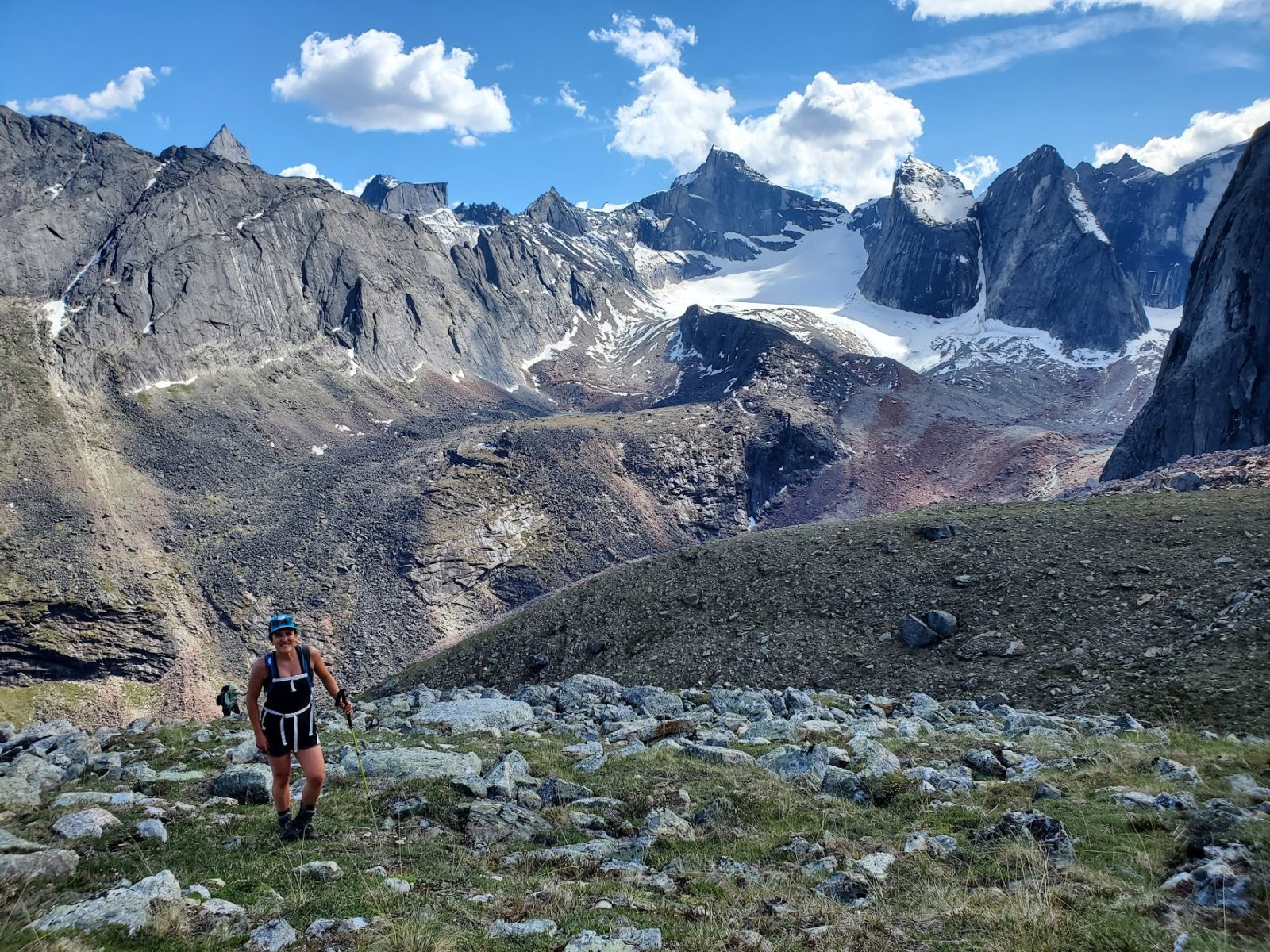
“I was in Gates, then four days in the office, and then in court,” she said. “It’s was kind of a fire drill, but I work well under pressure. All I had done for several months before was live and breathe the Willow lawsuit, which wasn’t pleasant, but it made for easier argument preparation.”
Bridget didn’t join the moot court competition at her law school, nor had she done oral argument in her ten years as an attorney. What she did have was an expert grasp on the case and tons of public speaking experience from her prior work with the U.S. Bureau of Land Management.
Practice makes perfectly overprepared
Bridget joined Trustees as an attorney in 2017 after six years of working in various roles for the Department of the Interior. “I graduated law school 10 years ago and I had never had an oral argument, then I had two in three weeks,” she said.
She knew the Willow case backwards and forwards, and spent 40 hours preparing for a ten-minute argument. About 5 or 6 hours of that preparation involved doing moot court with colleagues and the rest involved “writing out questions, writing answers, writing shorter and shorter responses, and just memorizing statutory words, phrases, repeatedly saying certain things over and over,” she said.
And, of course, practicing with family members who enjoyed pretending to be judges.
When the big day came, there were COVID rules, but Bridget got to go into the courthouse, mingle with the opposing legal team, stand before the District Court bench, and complete her argument knowing that she had overprepared—a good feeling for the first time on the podium.
Incidentally, we won the case!
About three weeks later
Things were a bit different three weeks later when she argued before the Ninth Circuit Court (virtually) to keep a commercial road out of Izembek National Wildlife Refuge.
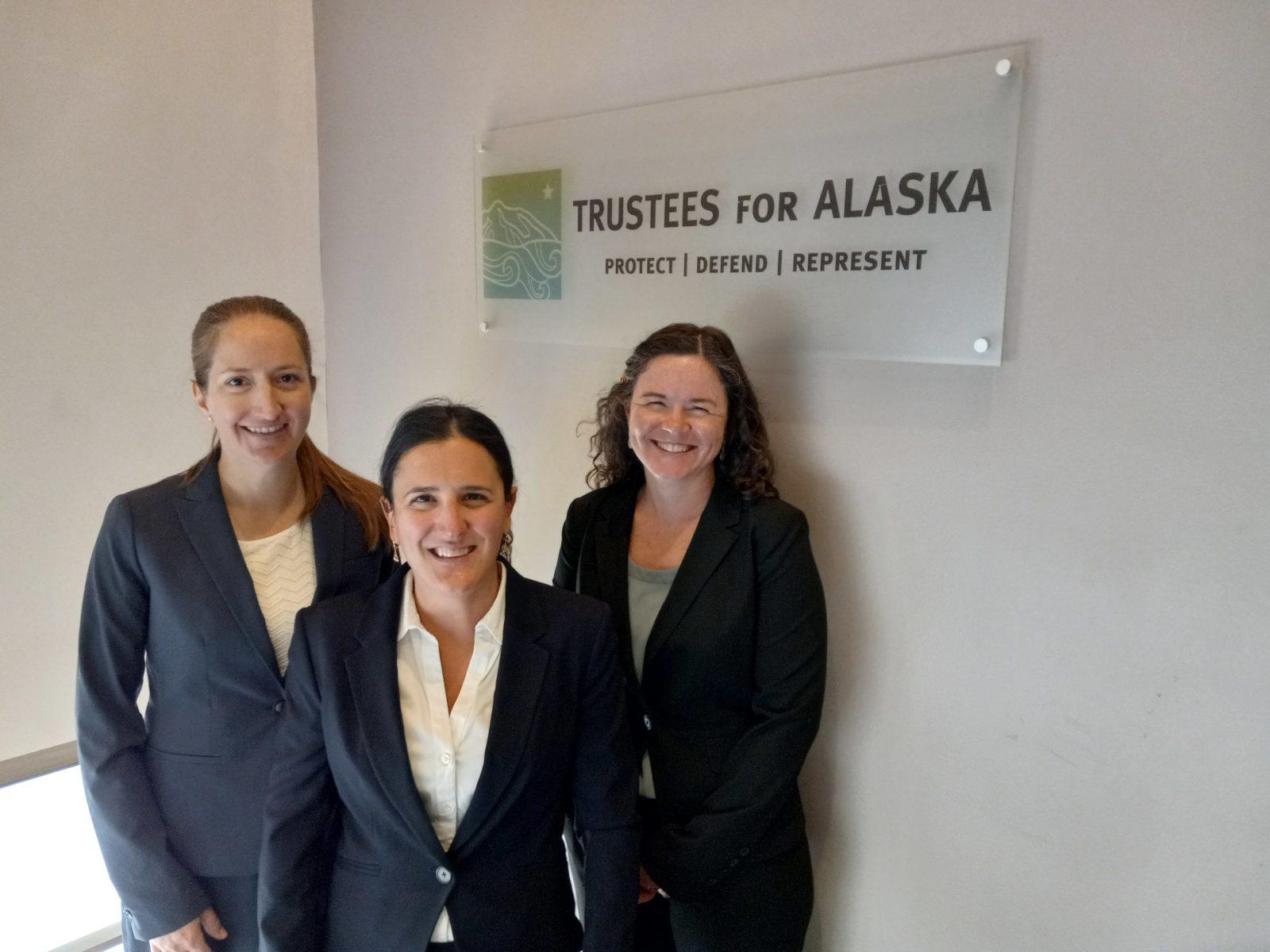
She hadn’t spent the prior months steeped in the Izembek lawsuit, but Trustees’ former legal director Valerie Brown had made it a point to prepare Bridget about a year in advance of the actual, then-unknown Ninth Circuit argument.
“She made me do totally fake arguments for Izembek, and had me do dry runs,” said Bridget. “It was really helpful because when I did that Ninth Circuit argument, I wasn’t starting from scratch. I wasn’t looking at all the papers to catch up. I could instead spend time strategizing about what I needed to memorize and what I needed to write down.”
This time she spent a good 50 hours preparing for 30 minutes of argument. She felt less nervous having just argued in court—and Trustees’ had won in District Court before. Twice, actually.
We just got news that the Ninth Circuit Court ruled against us 2 to 1, which means the case is remanded back to District Court to consider other claims. Meanwhile, Bridget and the legal team are working with clients on next steps in this litigation.
Online, it’s about the jacket and facial expression
Online court definitely has its advantages, said Bridget. For one thing, when you’re done, you’re done. When the camera’s off, it’s over. You can wear something comfortable like soft pants, too, with a formal suit jacket.
It can even feel more democratic, she said. No one’s on a raised dais and people aren’t divided into opposing groups like they tend to be in the courtroom. “It might have been more intimidating doing that Ninth Circuit Court argument in person with three judges sitting on the bench,” she said.
She also felt like she could control the space more online, though she also worried about something going wrong with tech. “In person, you’re there with hard copies of paper and that’s it,” she said. “Nothing can really break on you.”
Perhaps the worst thing about arguing in court online “is controlling your facial expression,” she added.
Sometimes things get said, questions asked, interruptions extended that can appear a bit wild to someone steeped in staid appellate law.
There’s that one eyebrow that keeps wanting to rise, that corner of the mouth beginning to stretch—and when the camera’s on, it’s on.


